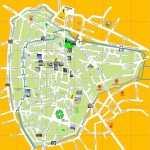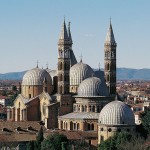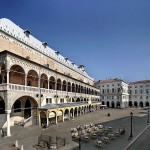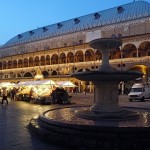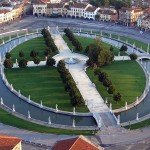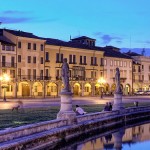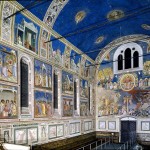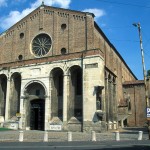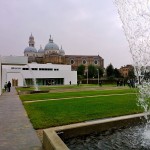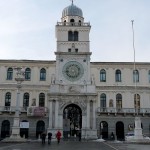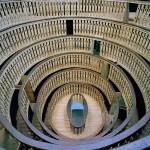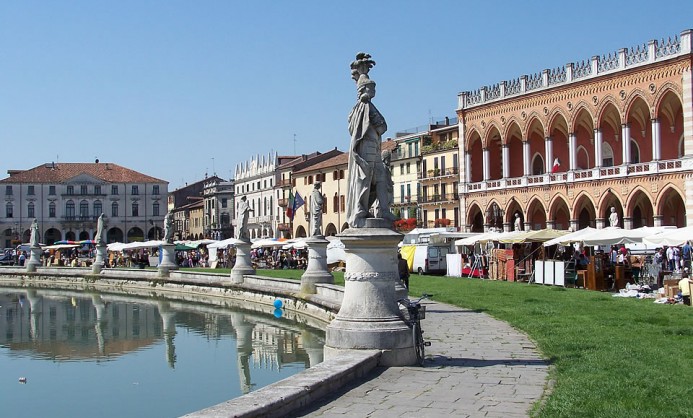
BEFORE YOU LEAVE – To organize a wonderful day in Padua, it is necessary to get ready in advance: one of the things not to be missed is the visit to the Cappella degli Scrovegni, which must be booked a few days before (remember that it is essential to be punctual in order not to lose reservation and money ).
Consider to buy the PadovaCard, which may be done in conjunction with booking of the visit of the Scrovegni Chapel; it allows substantial savings in travel and in the programme of visits to the city.
Go to the official website page of the Scrovegni, select the day and the number of tickets to buy and check availability.
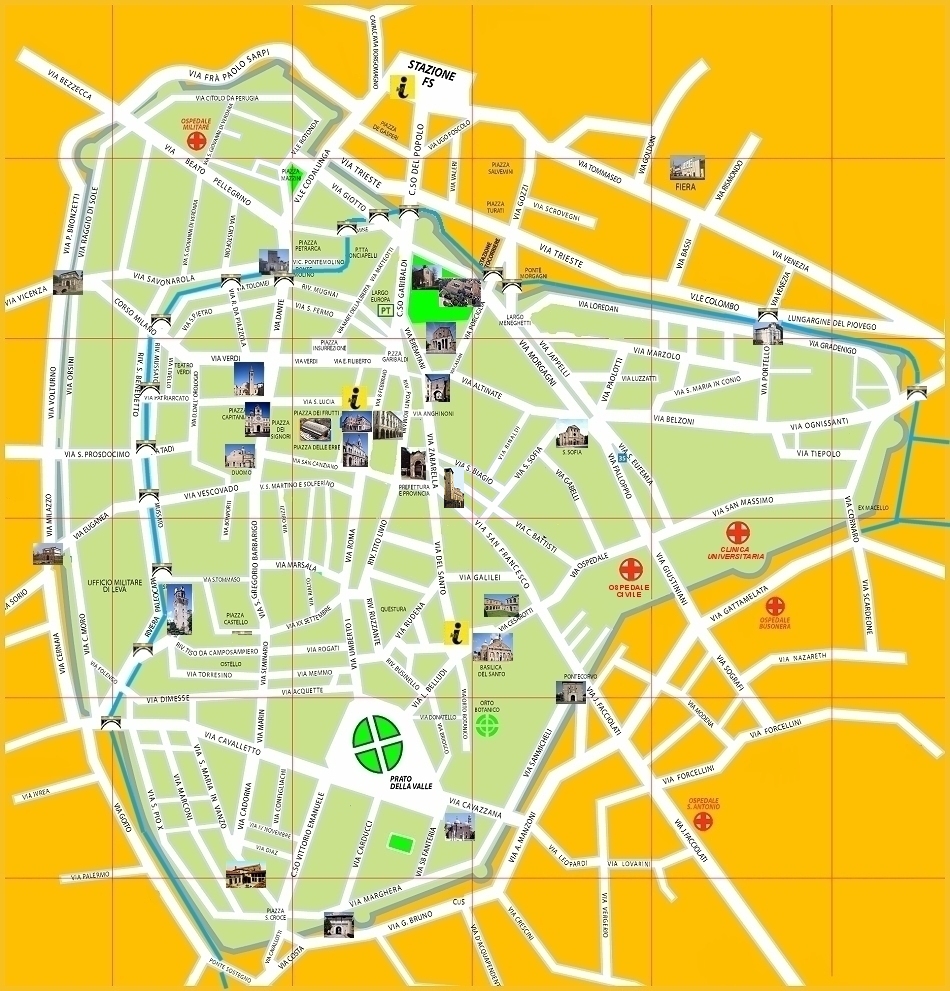 The VISIT of PADUA – Padua has a great artistic and cultural tradition and is one of the most important art cities in Italy. From the bus station, located in front of the train station, follow Corso del Popolo until you reach the Arena gardens where you will find the ancient AREA ROMANA . Next to the Arena are three art jewels: the SCROVEGNI CHAPEL , which keeps a beautiful fresco cycle by Giotto, the EREMITANI CHURCH , with frescoes by Mantenga, and the EREMITANI CIVIC MUSEUM, which keeps works of art from the XII to the XIX century.
The VISIT of PADUA – Padua has a great artistic and cultural tradition and is one of the most important art cities in Italy. From the bus station, located in front of the train station, follow Corso del Popolo until you reach the Arena gardens where you will find the ancient AREA ROMANA . Next to the Arena are three art jewels: the SCROVEGNI CHAPEL , which keeps a beautiful fresco cycle by Giotto, the EREMITANI CHURCH , with frescoes by Mantenga, and the EREMITANI CIVIC MUSEUM, which keeps works of art from the XII to the XIX century.
Not far away is the pedestrian area, where stands the ancient Caffè Pedrocchi, historical meeting place of the nearby University students, faced by the University main palace Palazzo del Bo, one of the most ancient university seats in Italy (founded in 1222) where you can still admire the ANATOMICAL THEATER (1594) and Galileo Galilei’s chair. From the University follow Via S. Canziano to Piazza delle Erbe and Piazza della Frutta, seats of a picturesque daily market. The two squares are dominated by the imposing PALAZZO DELLA RAGIONE or “Salone” (ancient Law Palace), built in 1218.
Not far away is Piazza dei Signori, where once stood the Carrara Seigneury Palace. Here you can admire the CLOCK TOWER (1437) and the LOGGIA DELLA GRAN GUARDIA. From here follow Via Monte di Pietà to Piazza Duomo, where stands the CATHEDRAL (16th cent) with its ancient BAPTISTERY dating to the 12th century and completely frescoed by Giusto de’ Menabuoi in the second half of the 14th century.
Go back to the University and follow Via S. Francesco to the Tomb of Antenore, the founder of Padua, as the legend goes.
From here take Via del Santo to the worldwide famous BASILIC OF ST. ANTONIO, erected in 1232 immediately after the Saint’s death. Inside the basilica there are important ancient and contemporary works of art from the 13th century to the present days.
In front of the Basilica stands the equestrian statue of the “Gattamelata”, a masterpiece by Donatello. At Piazza del Santo you can also see the ANTONIANO MUSEUM , the Oratory of St. Gorge and the Scuola del Santo, which keep numerous works of art, including frescoes by Titian.
From Piazza del Santo followVia dell’Orto Botanico to the BOTANICAL GARDEN, the most ancient universitari botanical garden in the world. Following Via dell’Orto botanico and then Via Brioso you reach Prato della Valle, an outstanding elliptical square surrounded by a canal and decorated by 78 statues of illustrious Paduan citizens.
On the south-eastern corner of Prato della Valle stands the imposing BASILIC OF ST. GIUSTINA, which keeps the body of St. Luke. A ten-minute-walk leads to the Sanctuary of St. Leopoldo Mandic’, which keeps the remains and the confessional cell of St. Leopoldo.
- Mappa Padova
- Basilica di San Antonio
- Palazzo della Ragione
- Palazzo della Ragione
- Prato della Valle
- Prati della Valle
- Cappella degli Scrovegni, Padova
- Chiesa degli Eremitani
- Orto botanico
- Torre dell’Orologio
- Palazzo Bo








